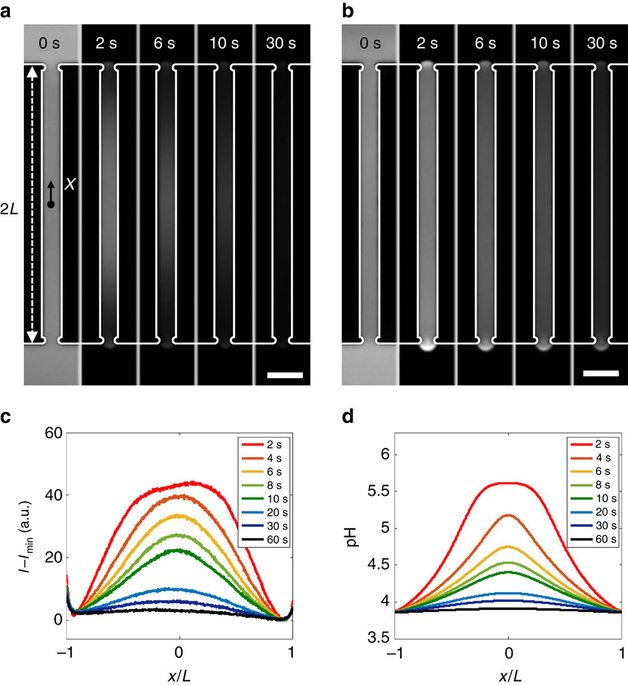Filtering Water with CO2 Uses 1,000 times Less Energy
Published on by Water Network Research, Official research team of The Water Network in Technology
A team led by a University of Limerick researcher has achieved a major breakthrough in water filtration that lets it use 1,000 times less energy than conventional methods.
A group of researchers – including the University of Limerick’s Dr Orest Shardt and Dr Sangwoo Shin from the University of Hawaii – have found a similar and novel way to filter water using CO2.
Currently, water filtration technologies, such as microfiltration or ultrafiltration, use porous membranes to remove suspended particles and solutes.
These processes trap and remove suspended particles, such as fine silt, by forcing the suspension through a porous material with gaps that are smaller than the particles.
However, energy must be wasted to overcome the friction of pushing the water through these small passages, making it expensive for industries to pump and maintain these filtration systems.

Image: pH change in water upon exposure to gas .
( a , b ) Image sequences showing fluorescence intensity in aqueous Oregon Green solution (0.1 mM) exposed to ( a ) CO2 and ( b ) N2, both at a pressure of 136 kPa. ( c ) Fluorescence intensity (I) distribution, reported as I−Imin to account for photobleaching, along the centre of the channel shown in a . Imin is the minimum intensity in the channel. ( d ) Computed pH distribution in water exposed to CO2 at 136 kPa. All scale bars are 100 μm.
Image source: Nature Communications
Publishing their findings in the journal Nature Communications, the researchers demonstrated their own method, which is an alternative, membraneless system that works by exposing the colloidal suspension (a materials-heavy solution) to CO2.
The device is developed from a standard silicone polymer that is commonly used in microfluidics research and has similar traits to sealants used in people’s homes.
“While we have not yet analysed the capital and operating costs of a scaled-up process based on our device, the low pumping energy it requires – just 0.1pc that of conventional filtration methods – suggests that the process deserves further research,” said Shardt.
“What we need to do now is to study the effects of various compounds, such as salts and dissolved organic matter that are present in natural and industrial water, to understand what impact they will have on the process.”
Source: siliconrepublic
Read the research here.
Media
Taxonomy
- Filtration
- Filtration Solutions
- Filtration
- Energy
- Water Purification
3 Comments
-
Было бы интересно получить более подробную информацию, если это возможно.
-
I will be glad to receve more informacion about that. Thanks
-
Would be interested to have more details if possible.